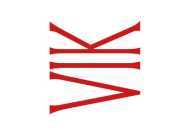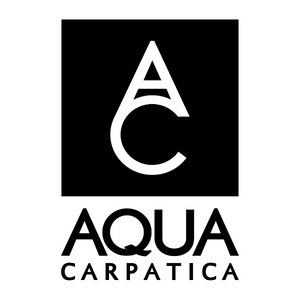Yet, while I’m savouring these treasures, the incumbent winemaker is explaining how he “destroys” the wine with heat and oxygen, why he doesn’t top up barrels and is content to lose 25,000 to 30,000L annually to “the angels”. He also tells me why he never uses new barrels, always uses native yeasts and only uses sulphur on the grape bunches.
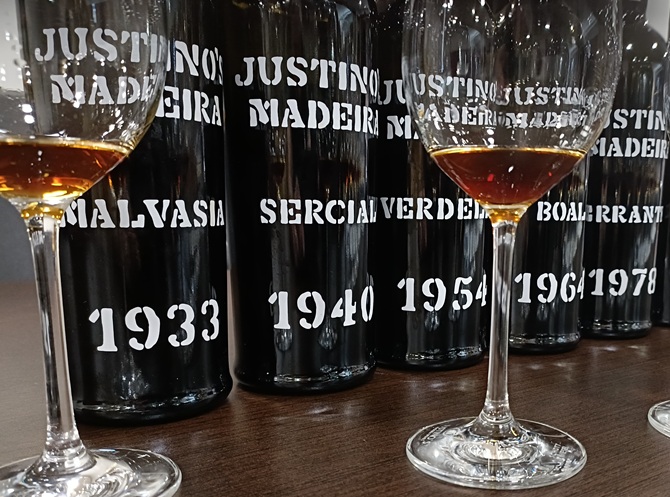
The grapes we’re discussing are the whites Sercial, Verdelho, Boal, Malvasia and Terrantez, and the red Tinta Negra.
They come from the steep terraced vineyards, volcanic soils and maritime climate of Madeira, a Portuguese island in the Atlantic Ocean, about 640km off the coast of North Africa. An island that has given its name to a special wine – one characterised by high acidity, fortification with neutral grape spirit, oxidation, and heating. But “abusing” the wine in this way gives it probably the longest ageing potential of any wine.
“No other wine can survive like Madeira. It is a great wine,” comments Juan Teixeira, who has grown from winemaker to general manager at one of the largest producers on the island, French-owned Justino’s.
In a wide-ranging discussion that starts in the grape reception area – which sees 2,000 deliveries during the harvest period – and continues in the winery and cellar before concluding in the tasting room, Juan reveals the wine’s secrets.
In conversation with Juan Teixeira
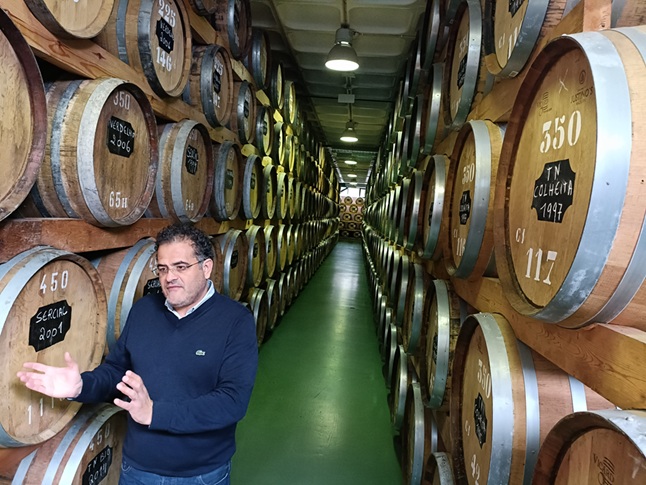
During the Age of Exploration, neutral grape spirit was added to Madeira’s wines to prevent them from spoiling on the long sea voyages to the New World and East Indies. On these voyages, the wine was exposed to excessive heat and agitation which, surprisingly, greatly improved its colour, flavour and stability.
This led to shipping barrels to the Indies with the sole aim of enriching the wine for customers in Europe and then, in the 18th century, the producers invested in baking chambers (estufagem) to get a similar result faster and cheaper.
What has changed?
Juan Teixeira: “In the beginning the Madeiras were oxidised wines, so we didn't care about oxidation. Today, it’s not like that. We produce the Madeiras as a still wine until the moment of fortification. And after fortification, we start destroying what we have. Destroying – but in a good sense.”
The destruction comes from oxygen and heat.
Like most winemakers I meet, Juan says the production methods are “very simple” and “very natural”.
JT: “We only use sulphur when we receive the grapes and some tannins if the grapes are not 100%. Fermentation is done without yeast. Even our still wines, we're trying to do everything as natural as possible. We don't waste money on yeast.
“60% of our wines are sweet and medium sweet, so we need to fortify very early. So, adding yeast and killing them doesn’t make sense.”
Juan says the free sulphites in Madeira wines are 5-6g/L and total sulphites are 20.
JT: “We don't make acidity corrections. A few years ago, we used potassium bicarbonate to reduce acidity, but no more. We pay more for the grapes with higher sugar levels (9-10% potential alcohol) because it is easier to reach the final product if we have more maturity.”
Do you pay more for organic grapes?
JT: “Justino’s is the first winery that produces not only organic still wines, but organic Madeiras. Yes, we pay more for organic grapes.
“We only have three growers (out of 600) who are organic because it's not easy. They believe in the product, and they are the ones who made the challenge. We started in 2008, but from 2008 to 2010 our wines are not 100% organic, because we had a lot of problems finding organic neutral grape spirit. Eventually, we found a producer in France.
“So far, we have only launched one organic Madeira, one still wine from Madeira and this year one from Porto Santo (a neighbouring island). But it's difficult, the climate is not good and the main problem is the neighbourhood, because the vineyards are close.
“We are happy but to convert everything to organic would be almost impossible. The grapes are a bit sensitive and even if we pay more, it doesn't pay off.”
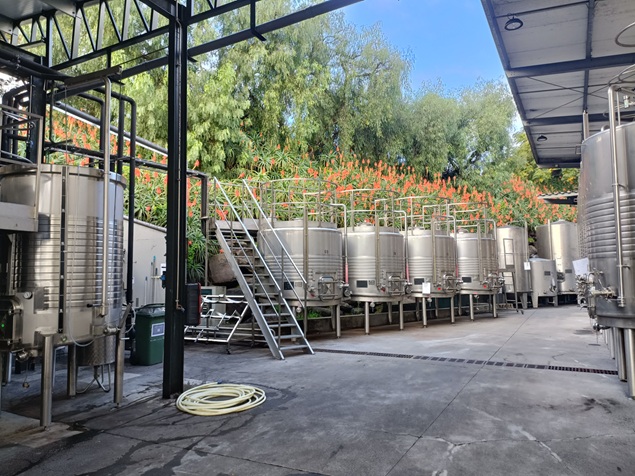
You keep the grapes separate?
JT: “Yes, all the white grapes – Sercial, Verdelho, Boal, Malvasia and Terrrantez. These wines are made without any maceration. They are destemmed, crushed and immediately go to the pneumatic press, then a decanting tank for 24 hours at 8-10°C or a flotation tank, and then fermentation and fortification (with 96% neutral grape spirit from France, Italy or Spain).”
The fortification is in two stages: taking the wine up to 16-17% to kill the yeasts and then topping up later, after analysing the wine, correcting any problems with sugar or acid levels. The wines are then sent to either barrels (the canteiro system) or estufagem.
The reds go into large tanks for about three to five days of pumpovers before pressing the skins. This is to extract some colour which will turn from red to amber during the heating process. About 80% of the grapes are Tinta Negra.
For the three- and five-year-old Madeiras, they use Tinta Negra: four months of estufagem – heating to 47°C to change the colour and turn the red fruit aromas to baked fruit.
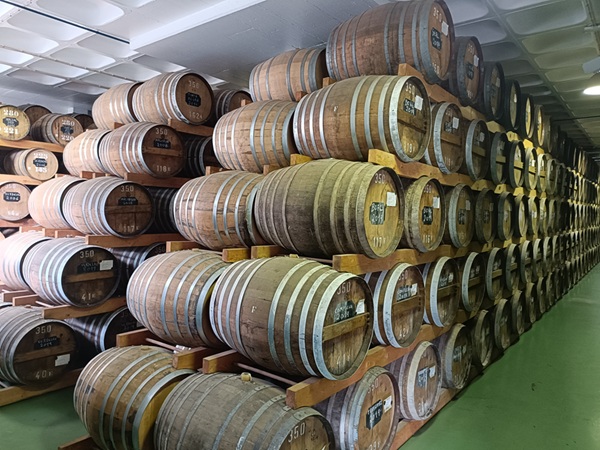
For the whites you like to work with very clean juice?
JT: “The fermentation never starts with sediment (in the tank).”
Do you control the temperature of the fermentation?
JT: “For Tinta Negra with skin maceration it will be 28-32°C maximum. For whites, between 14 and 16°C. A few years ago it wasn't possible (to control the temperature), but, like I said, we always try to do everything as a still wine, and then we have more aromas that we can destroy later. And I think that's the big difference between Justino’s and other companies.”
You are going for a more modern style of Madeira?
JT: “We are trying to introduce things that I believe in the next years will improve the wine. I am here for 25 years and I didn’t make my own frasqueira (a vintage wine aged in a barrel for at least 20 years).
“We are working with wines that somebody left us. We are working in the middle range – three, five, ten years, and we are producing wines for the future. And I think that as we understand the production that the wine will be better.”
You’re still understanding the process after all these years (Juan has been at Justino's since 2000)?
JT: “I don’t understand why even sometimes not having the best quality grapes – with low potential alcohol – how Madeira transforms. It’s unbelievable. It’s an amazing change and, of course, the place where the barrel is kept is very important. If you have more temperature the wines will develop very quickly. Here it is not very warm so we keep a little more fruit and have a less oxidative character.
“Never condemn a Madeira wine that does not have special characteristics when young, because the way it evolves depends on many things. The history, age and capacity of the casks, as well as the location in the wine cellar during the long oxidative ageing, can change our negative initial perception – and the wine could transform amazingly.”
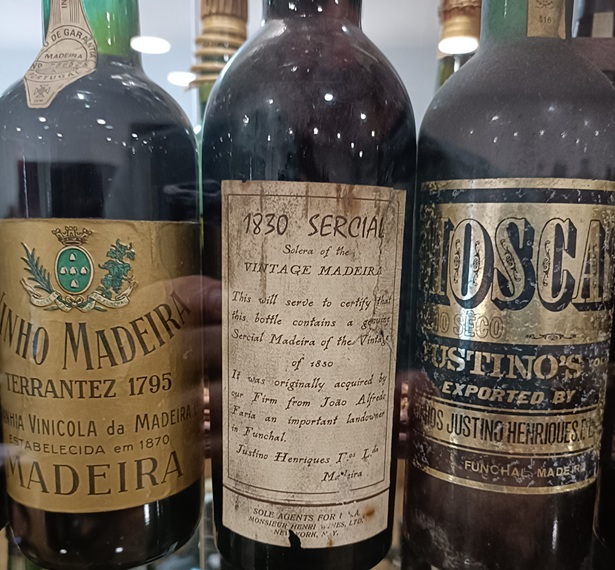
As we taste the base wine for a frasqueira that’s destined to be released in 2044, I ask how it feels to make wines you may never get to taste in their finished form.
JT: “We are preparing wines for the future. It is difficult but we also have the pleasure to work with wines that somebody left us and they are great. I think we must live with that.
“It’s hard but the secret of Madeira is the oxidative evolution in the barrel. It takes time.”
Are you modernising for commercial reasons, is it a trend or is it for personal reasons?
JT: “I think we must produce wines that everybody understands. Of course, the old Madeiras with a lot of history that stay on your palette for hours and hours are fine, but we need to produce wines that are increasingly gastronomic. Getting young consumers to drink the old-fashioned style is difficult.”
Is this why you are producing more still wines?
JT: “We need something to do with more attention. The still wines are more challenging – you have to top up the barrels and tanks; to transfer a wine from here to there we have to use nitrogen. With Madeira wines, you only need to wait.”
Walking around the winery with tanks ranging in size from 1,000L to 350,000L, I wonder about Justino’s plans.
JT: “We will increase our capacity for doing small batches for both still and fortified wines. Twenty years back, bulk wine (to produce cooking sauces) represented 70% of our business. Nowadays it’s the opposite. We’re doing more single vineyards, single producers, single cask. They give us a lot of work – we only produce 600 to 1,000 bottles – but this is what people are looking for: something different.”
Which is the better system – estufagem (which speeds up the ageing process by four to six years) or canteiro (natural oxidative ageing in oak casks for many years, gently heating up on hot days to 30-35°C)?
JT: “In a natural way is always better but if you do it well, after some years in barrels, it can be difficult to understand what is a canteiro, what is an estufagem.”
The key element of Madeira wine is the barrel
My understanding is that the slower, gentler canteiro system is better at retaining varietal character and adding oak-derived attributes. So, barrel selection must be one of your most important tools.JT: “Selecting the old barrels is the most important tool for us if we want to change something. If you have a 100-year-old cask you need to choose a wine with great potential to extract something from the past.”
The barrels range in size from 42L to 41,000L. Not one is new.
JT: “Because we don’t want the tannins, vanilla or cocoa and other things; what we want is solely the oxidation of wine. So, we buy barrels from Cognac, Armagnac, from other places.
“The normal size is 650L. We have a lot of 250 and 300L barrels that are the normal size for a Cognac. 70% of our wood is French (from Cognac, Armagnac), the rest is American and Portuguese and other woods.”
When you send the wine to barrel, do you still want it as clean as possible?
JT: “Yes, the lees will consume the oxygen.”
This is strange to hear – you want oxidation, so you don’t top up the barrels.
JT: “We lose 25,000-30,000L a year due to evaporation. But, of course, the quality improves.”
The 1940 vintage swirls in my mouth. I’m not spitting this one. It’s hard to see how the quality can be improved further. But having tasted the 2024 wine as a baby, I look forward to seeing how it evolves – and I promise to return to Justino’s in 2044 to find out.
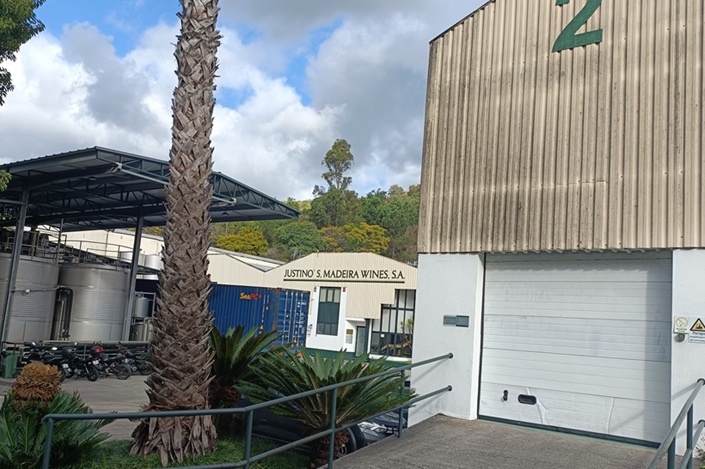
Justino’s, which is based on an industrial estate outside Funchal, is venturing into wine tourism. Work starts this month on building a wine lodge in the capital’s old town, with restaurant, tasting rooms, shop, museum, rooftop terrace and modern warehouse.
“We must be known on our own island,” Juan explains.

 English
English French
French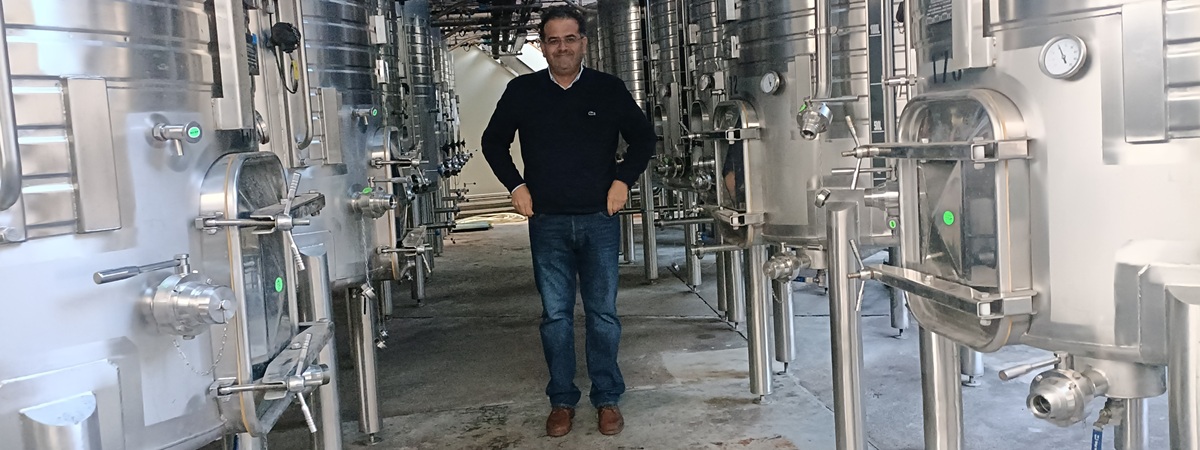
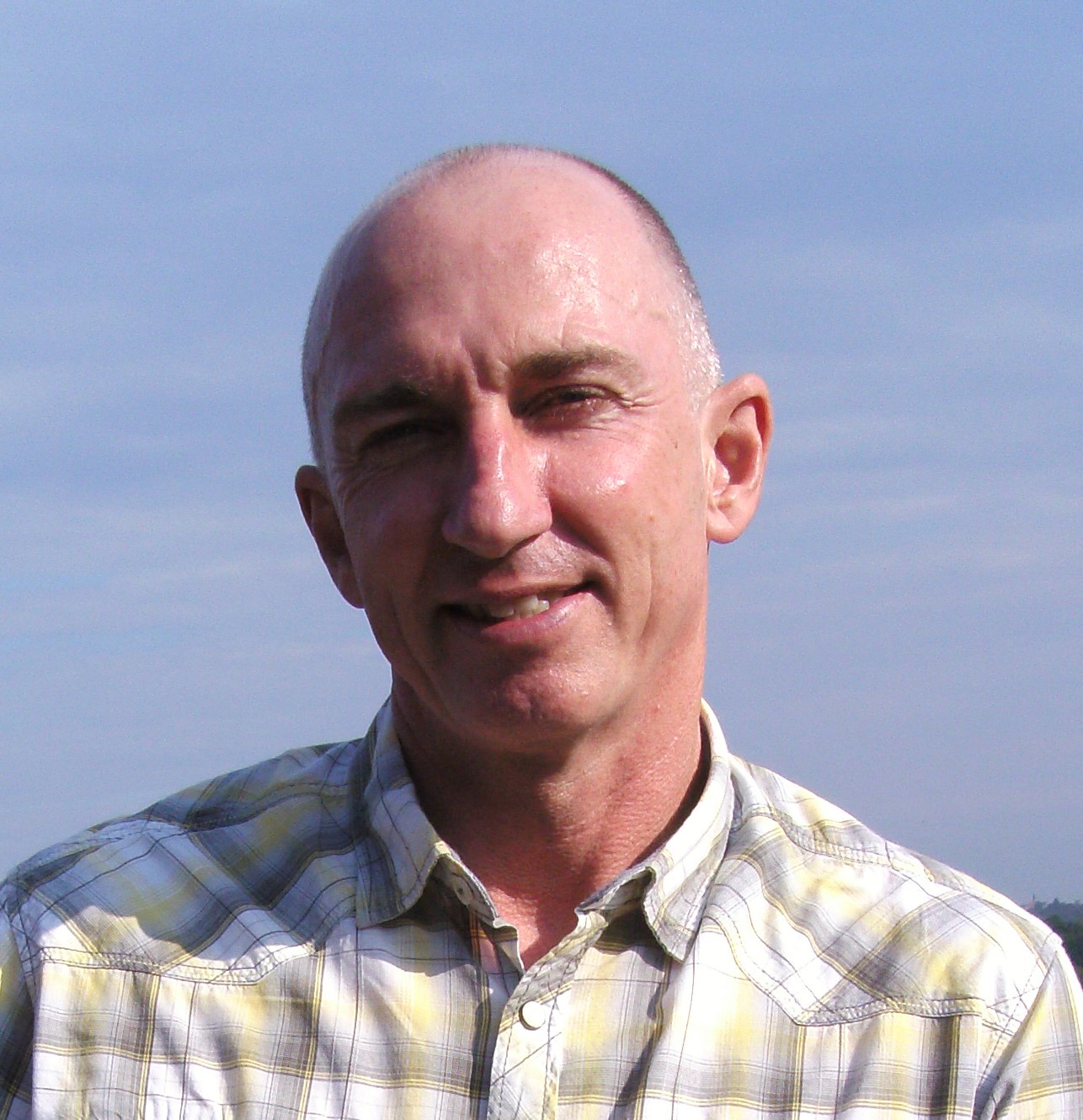

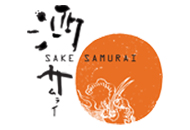
.png)
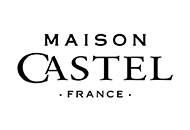

.png)

